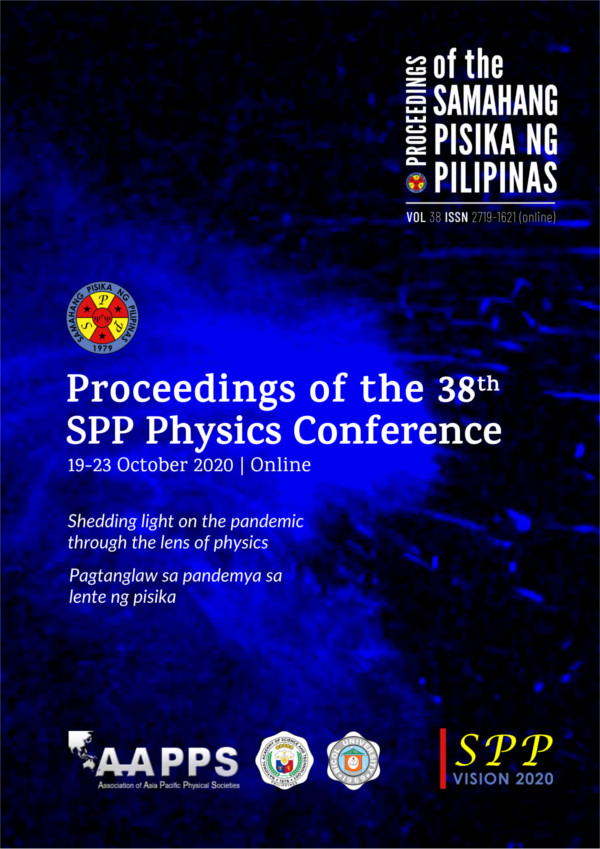Measurement of light pollution in PAGASA Astronomical Observatory before and after the 2020 Taal phreatic eruption through luminance
Abstract
Light pollution causes inability to clearly observe astronomical bodies at night due to anthropogenic light sources especially in urban areas. Philippine Atmospheric, Geophysical and Astronomical Services Administration (PAGASA) Observatory is an astronomical observatory situated in the light polluted city of Metro Manila. Light pollution was quantified in the said observatory before and after the Taal volcano phreatic eruption, situated approximately 109 kilometers from PAGASA Observatory, through luminance using a Digital Single-Lens Reflex (DSLR) camera. The magnitude of the light pollution before and after the said eruption was 16.63 and 17.22 mag/arsec2, respectively, an increase of 3.50%. Furthermore, it showed that the night sky in PAGASA Observatory is under "City Scale – Level 8" according to Bortle Dark Sky Scale.
Downloads
Issue
Shedding light on the pandemic through the lens of physics
Pagtanglaw sa pandemya sa lente ng pisika
19-23 October 2020
This is the first fully online SPP Physics Conference. Please visit the SPP2020 activity webpage for more information on this year's Physics Congress.











